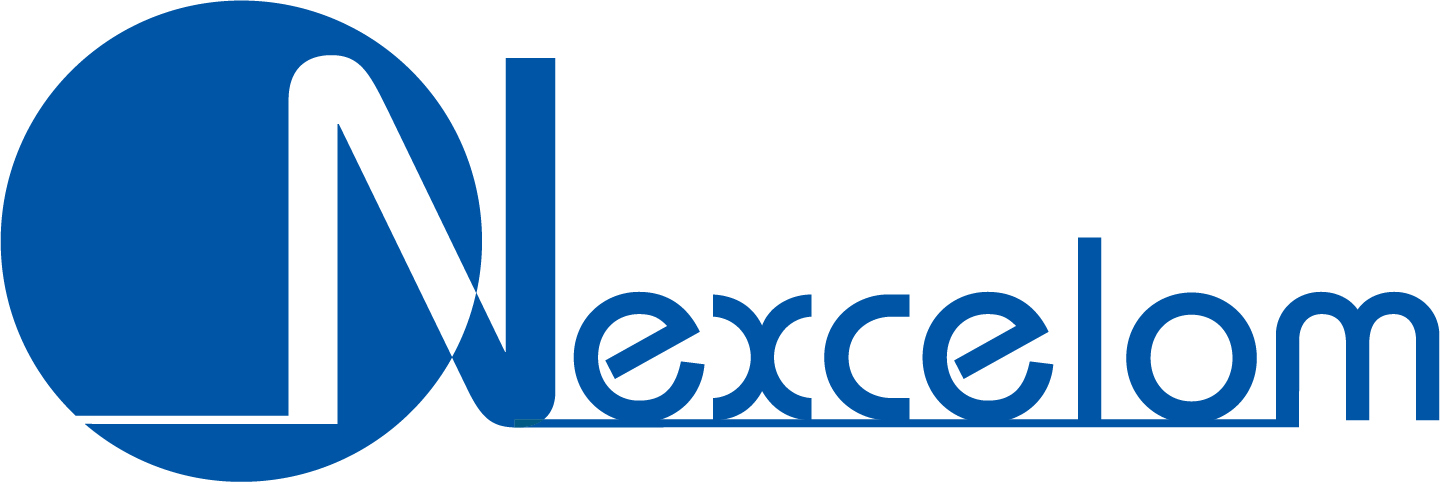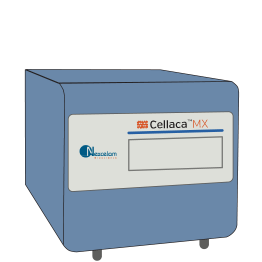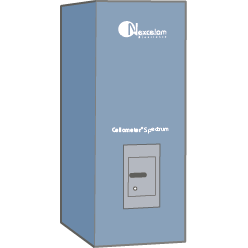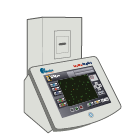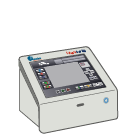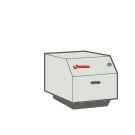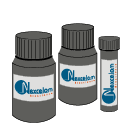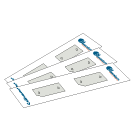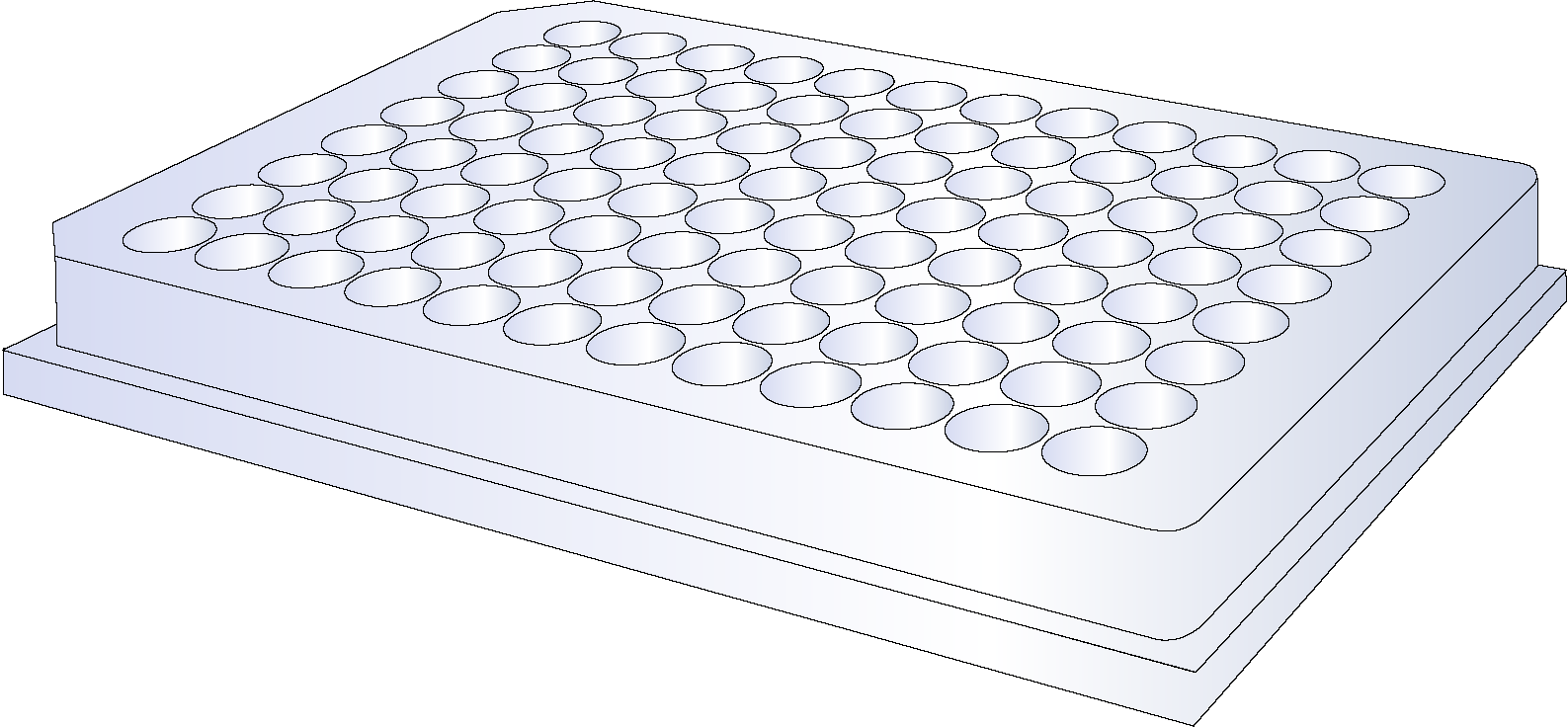Automated Cell Counters, Image Cytometers, and Reagents
Tips for Choosing the Best Cell Counter Machine
As a leading supplier of some of the world’s best automatic cell counters, Nexcelom’s portfolio includes high-throughput, brightfield, fluorescent, and yeast automated cell counters, all equipped for accurate cell cycle analysis. Modules for 21 CFR Part 11 are also available for certain cell counters.
High-throughput Automated Cell Counters
Nexcelom’s high-throughput cell counters are plate-based and feature brightfield and fluorescent imaging. Both the Celigo Image Cytometer and the Cellaca MX High-throughput Cell Counter are available in 21 CFR Part 11 modules.
Eliminating the need to perform RBC lysis, our fluorescent cell counters are some of the best automatic cell counters, having fixed single or dual fluorescent optics modules that allow researchers to use fluorescent stains to determine viability easily. With three options to choose from, our fluorescent automated cell counters vary in function.
Nexcelom brightfield automated cell counters range in function and capabilities. Each of these cell counters accurately and easily performs cell count, concentration, and Trypan Blue viability measurements on cultured cell lines and purified primary cell samples in less than 30 seconds.
Our yeast automated cell counter, the Cellometer X2, has proven to be five times faster than manual cell counting. The cell count, concentration, diameter, and % viability are automatically calculated and reported within less than 60 seconds, proving to be one of the best automatic cell counter machines on the market.
The Cellometer X2 is optimized for live yeast cell concentration and viability counting, including for:
- Brewing yeast
- Wine yeast
- Platelets
- Other small cells
Consumables
If you need sub-cellular resolution, check out Operetta® CLS ™ and Opera Phenix ® Plus high-content screening systems.
